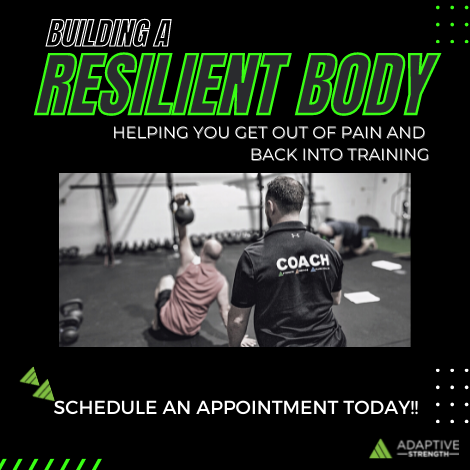The number of people currently preparing to become a personal trainer in Perth must be in the thousands. Seriously. Even more staggering, many of them fail in their first 18 months of trading. I hope to shed some light on why so many choose this industry, why it doesn’t work out, and what we at Adaptive Strength (formerly Box33) have done to fix this.
Why do people choose the fitness industry?
I’ve heard so many reasons over the years, but often it’s because people enjoy fitness themselves and want to turn that enjoyment into a career, not to mention there’s a misconception around fitness being super cruisy; minimal effort with fantastic pay.
The entry barrier for the industry is surprisingly low, meaning absolutely anyone can become a personal trainer (regardless of qualifications or fitness), a trap we’ve seen people fall for time and time again. Despite many companies claiming their personal training certifications are high, ensuring only the best can pass, there aren’t any standards in place. It’s no wonder there’s such a high attrition rate once the realities of the industry sink in!
Anyone can go from zero personal training skills to loading a client’s spine with weights in just 6 short weeks.
The problem
Once the honeymoon period of personal training is over and reality sinks in, things can quickly take a turn for the worse. Personal trainers work challenging hours, and each session requires peak performance to ensure client expectations are met. Industry average is 25-35 hours per week, though we’ve encountered many who slug through 40+ to appear more ‘dazzling’ to prospective clients.
The effects of this
The ripple effect of so many people entering the fitness space for the wrong reasons, and the standards remaining so poor, means there are both positive and negative side effects.
The negative? Public perception of personal trainers is poor; we’ve all seen the Facebook memes of trainers on their phones whilst clients struggle through reps displaying terrible form, with no connection to their progress or program.
The upside? The under-performing trainers inspire the passionate, dedicated trainers amongst us to rise to the top. Every time I meet with prospective clients, they repeat the same things – how different our program is, how invested our trainers are in a client’s success, and how we’ve cultivated a keen sense of community around like-minded individuals.
How has Adaptive Strength (formerly Box33) fixed this problem?
The answer is simple. I ask all potential Adaptive Strength (formerly Box33) trainers to prove how much they want to help people on their fitness journeys, and that begins with them being a student and purchasing personal training for themselves.
At Adaptive Strength (formerly Box33), we strongly believe that to guide someone successfully down this path, you must first have walked it yourself. How many personal trainers do you think have ever paid to receive personal training themselves?
This concept is essential for developing empathy; understanding how hard it can be to acquire and learn new skills, change your lifestyle factors, commit to appointments and appreciate the value a PT service provides.
Once trainers have completed the Adaptive Strength (formerly Box33) PT Program, next comes a competency-based internship where they’re granted the opportunity to shadow our trainers, ask questions, and learn the ropes from an insider.
As Director of Adaptive Strength (formerly Box33), I dedicate much of my time to our interns; encouraging them to practice teaching the various aspects of our methodology, providing constructive feedback and tips on communication, and educating them on human connection and how to effectively interact with clients.
To me, being a personal trainer for health and fitness is 40% technical knowledge and 60% human interaction. Knowing your clients, understanding their moods, and adapting your training accordingly is far more effective at producing serious results than scrutinising the depths of their squats.
In summary
Fantastic personal trainers, those who absolutely help you achieve your goals, are few and far between. To ensure you choose someone who’s in the industry to help others rather than make a quick buck, here’s what to look for:
- Can you feel the trainer’s passion when they talk about health and fitness? Do they genuinely want to help you?
- Personal trainers who’ve been down this path themselves will be respectful of time and appreciative that you’ll make mistakes, that you’ll sometimes be late and at times may want to quit. They’ll inspire you to get back on track rather than shame, built or belittle you.
- A great PT will take the time to understand how you learn and apply the appropriate techniques to teach you new skills. Not everyone learns by watching! Some people respond to auditory ques, others need to feel the movements for themselves. Lazy trainers generally don’t go the extra mile to teach this way because it entails extra effort and it’s easy to stick to what you already know.
So, there you have it! What’s gone wrong in the industry and the role we’re playing to fix it. If you’re interested in speaking to a member of our team, or would like to find out more about our personal training programs, get in touch here.







